By Argentics Studio

Seasonal events in gaming have become integral components of contemporary game design, marked by their structured occurrence within a specified timeframe and offering unique in-game experiences. The prevalence of seasonal events has seen a noteworthy ascent in the gaming industry, as developers increasingly recognize their potential to enhance player engagement, drive monetization, and extend the lifecycle of games. This article delves into the utilitarian aspects of seasonal events, focusing on their relevance for experienced gamers and developers alike.
For seasonal gamers, understanding the dynamics of these events is crucial, given the shifting landscape of game monetization strategies. The strategic incorporation of seasonal content not only caters to the preferences of seasonal players but also serves as a catalyst for sustaining player interest over extended periods. Simultaneously, developers find themselves navigating the delicate balance between creating compelling, time-limited experiences and optimizing revenue streams.
THE ESSENCE OF SEASONAL EVENT

Seasonal events in the gaming context refer to pre-planned, time-limited occurrences within a game, featuring specialized content, challenges, or activities. These events are strategically integrated into a game’s timeline, often aligning with external factors such as holidays, anniversaries, or thematic occasions. The primary objective is to provide players with a distinct and time-sensitive gaming experience, distinct from the routine gameplay.
Seasonal events manifest in diverse forms, each designed to cater to specific player expectations and thematic considerations. Noteworthy categories include:
- Holiday Events. These events coincide with traditional holidays, offering thematic in-game elements, activities, and rewards. Examples include Halloween-themed events, festive celebrations, and New Year extravaganzas.
- Anniversary Celebrations. Aligned with the milestone anniversaries of a game’s release, these events commemorate the game’s longevity. Developers often introduce exclusive content, rewards, and retrospectives during these celebrations.
- Limited-Time Challenges. These events impose temporal constraints on players to complete specific challenges or missions. The allure of exclusive rewards and achievements serves as a motivating factor, fostering heightened player participation during the event window.
The essence of seasonal events lies in their ability to instill a palpable sense of occasion and urgency within the gaming community. By tethering events to external or thematic triggers, developers capitalize on the psychological principle of scarcity, fostering a heightened perception of value. The limited-time nature of these events induces a sense of urgency, compelling players to actively participate, thereby intensifying player engagement.
The creation of a distinct atmosphere during seasonal events is instrumental in elevating the overall player experience. This deliberate design choice not only cultivates a sense of community among players but also strategically influences player behavior, contributing to the overarching goals of increased engagement and sustained interest in the game.
PLAYER ENGAGEMENT AND RETENTION
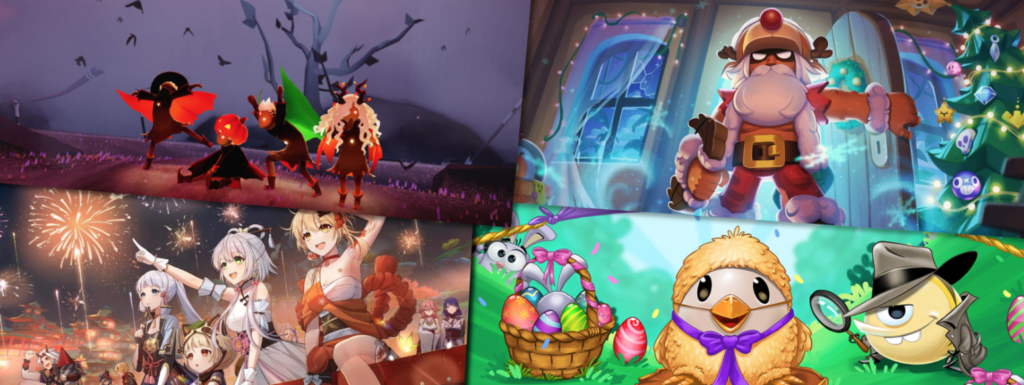
Seasonal events are pivotal in augmenting player engagement within the gaming ecosystem. The introduction of time-limited, curated content during these events serves as a catalyst for heightened player activity. By offering novel challenges, rewards, and thematic experiences, developers strategically leverage seasonal events to rekindle player interest and involvement. The structured nature of these events ensures that players remain actively immersed in the gaming environment, fostering a sustained level of engagement beyond routine gameplay.
The psychological underpinnings of seasonal events are notably intertwined with the Fear of Missing Out (FOMO) phenomenon. The time-sensitive nature of these events induces a fear among players of losing out on exclusive in-game content, rewards, or experiences. This fear becomes a potent motivator, compelling players to participate in the event to avoid being excluded from the limited-time offerings. Developers strategically capitalize on this psychological aspect, leveraging FOMO as a mechanism to spur player participation and engagement during seasonal events.
Moreover, the desire for exclusive in-game content serves as a complementary psychological driver. Players are inherently drawn to unique items or experiences that distinguish them within the gaming community. Seasonal events, by introducing exclusive content available only during the event period, tap into this desire, incentivizing players to actively partake in the event to acquire and showcase these distinctive elements.
EXAMPLES OF SUCCESSFUL SEASONAL EVENTS AND PROLONGED PLAYER RETENTION

Numerous instances underscore the efficacy of seasonal events in fostering prolonged player retention. Notable examples include:
- Fortnite’s Seasonal Battle Passes. Epic Games’ introduction of seasonal battle passes in Fortnite, featuring limited-time challenges, skins, and rewards, has consistently maintained player engagement over multiple seasons.
- World of Warcraft’s Annual Events. Blizzard Entertainment’s World of Warcraft integrates annual events, such as the “Hallow’s End” Halloween celebration and “Winter Veil” holiday festivities, contributing to sustained player interest and participation over the game’s extensive lifespan.
- Overwatch’s Seasonal Brawls. Blizzard’s team-based shooter, Overwatch, introduces seasonal brawls during events like “Summer Games” and “Winter Wonderland,” showcasing how unique gameplay modes and event-specific content contribute to player engagement and retention.
These examples illustrate the effectiveness of well-executed seasonal events in not only attracting players during specific timeframes but also in establishing a framework for continued player involvement and interest in the long term.
MONETIZATION STRATEGIES

Seasonal events serve as instrumental avenues for game developers to implement and optimize various monetization models. Key strategies include:
- In-App Purchases. Developers leverage seasonal events to introduce exclusive in-app purchase opportunities, offering players the chance to acquire premium items, currency, or event-specific bundles.
- Exclusive Items for Purchase During Events. Limited-time availability of exclusive items for direct purchase during seasonal events incentivizes players to spend real currency. This strategy exploits the temporal nature of the events, creating a sense of urgency to drive purchasing decisions.
IMPACT ON REVENUE GENERATION AND OVERALL PROFITABILITY
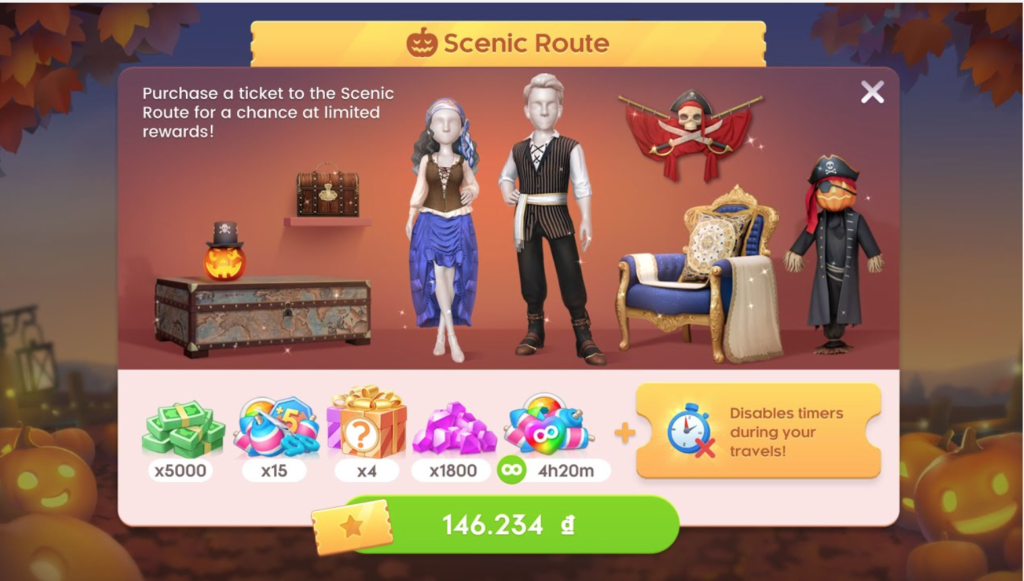
The integration of monetization strategies within seasonal events has a pronounced impact on revenue generation and overall profitability. In-app purchases and exclusive item offerings capitalize on this heightened engagement, contributing to a surge in revenue during the event period.
Furthermore, the cyclical recurrence of seasonal events contributes to sustained revenue streams, as players anticipate and prepare for upcoming events, aligning their spending behaviors with the event calendar. This iterative approach not only bolsters short-term financial gains but also establishes a predictable revenue cadence for developers.
Supercell’s Clash Royale incorporates seasonal challenges, special offers, and exclusive emotes during events. The introduction of purchasable event passes, unlocking additional rewards and challenges, has proven successful in driving player spending and event participation.
miHoYo’s action RPG, Genshin Impact, utilizes seasonal events with exclusive character banners and weapon releases. The implementation of a gacha system during these events has resulted in substantial revenue spikes, demonstrating the efficacy of leveraging limited-time content to drive player spending.
These case studies underscore the strategic correlation between well-executed seasonal events and successful monetization strategies. By aligning in-game purchases with the unique offerings and heightened player engagement during these events, developers can optimize revenue streams and enhance the overall profitability of their games.
DEVELOPER’S PERSPECTIVE
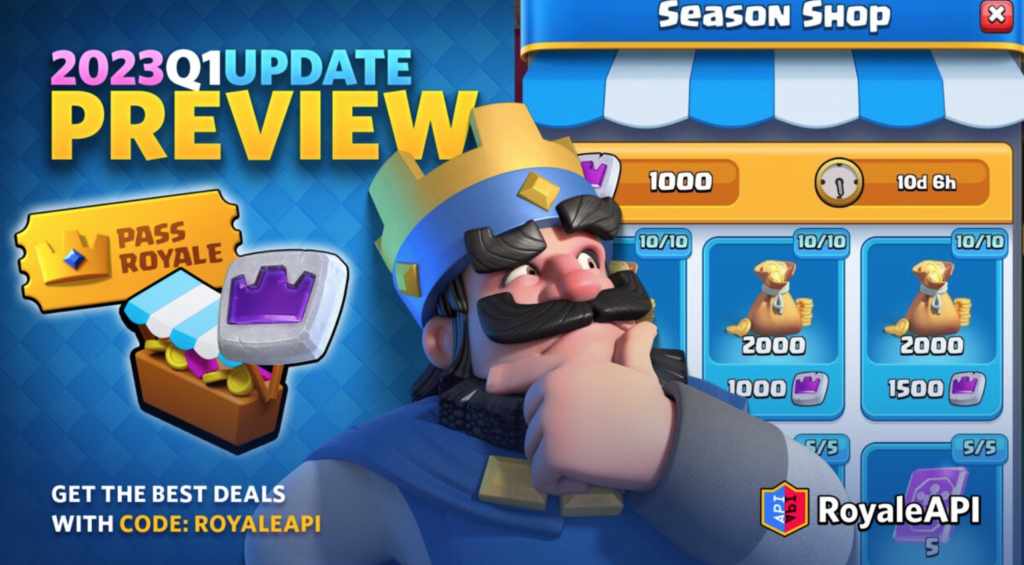
Primarily, seasonal events serve as potent tools for sustaining player interest over the course of a game’s lifecycle. The deliberate creation of curated, time-limited content fosters an environment of dynamic engagement, compelling players to actively participate and invest time in the game during these defined periods. Developers recognize that this heightened engagement, in turn, translates into increased player retention, a critical metric for the long-term success of a game.
Furthermore, the investment in seasonal events aligns with developers’ efforts to diversify monetization avenues. By introducing exclusive in-game items and opportunities for real-money transactions during events, developers capitalize on heightened player spending behaviors. This dual objective of enhancing engagement and optimizing revenue streams justifies the meticulous investment of developmental resources in crafting compelling seasonal events.
Seasonal events play a pivotal role in shaping the life cycle and longevity of a game. Beyond the initial launch phase, where player interest is naturally high, these events provide a structured framework for injecting novelty and excitement into the gaming experience. The cyclical nature of seasonal events, coupled with the introduction of themed content and challenges, prevents staleness and monotony in routine gameplay.
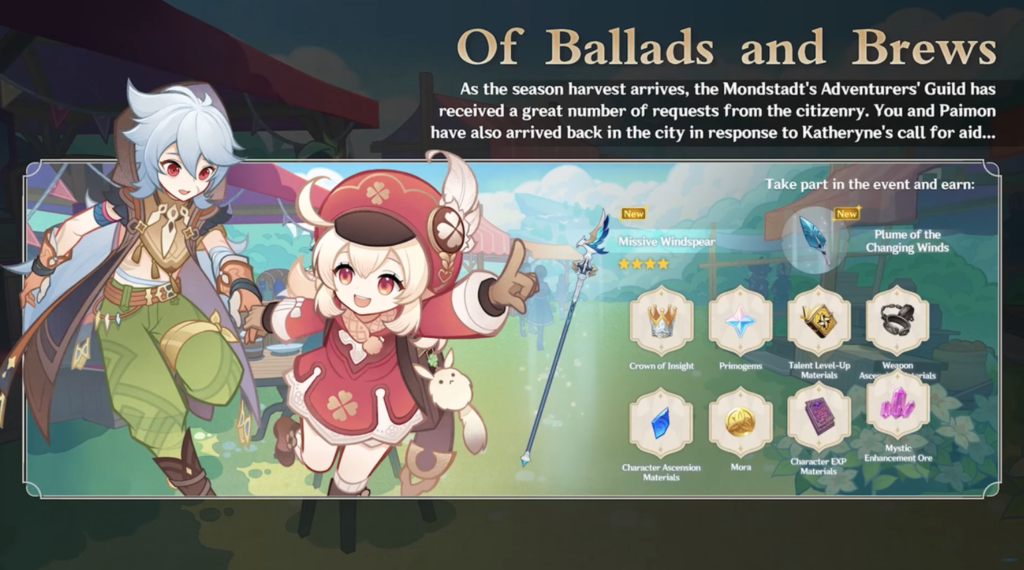
Developers recognize that a dynamic and evolving gaming environment, facilitated by seasonal events, is instrumental in retaining player interest over an extended duration. The regular recurrence of these events creates a sense of anticipation among the player base, encouraging sustained engagement and contributing to the enduring relevance of the game within the competitive gaming landscape.
The incorporation of player feedback stands as a critical element in the iterative development of seasonal events. Developers actively solicit and analyze player input, gauging sentiments related to the design, content, and overall experience of each event. This feedback loop serves as a mechanism for refining future seasonal events, aligning them more closely with player expectations and preferences.
CHALLENGES IN IMPLEMENTING SEASONAL EVENTS

The implementation of seasonal events in gaming presents developers with various challenges during the planning and execution phases. Coordinating the timely release of events requires meticulous scheduling, often constrained by external factors such as holidays or thematic relevance. Developers must navigate logistical intricacies to ensure seamless integration within the game’s framework, preventing disruptions to routine gameplay.
Additionally, the creation of engaging and varied content for each event demands considerable creative and developmental resources. Developers face the challenge of striking a balance between maintaining a consistent level of quality across events and introducing novel elements to sustain player interest.
One of the critical challenges in implementing seasonal events lies in striking a delicate balance between generating excitement and mitigating the risk of player burnout. The frequent recurrence of events, if not carefully managed, can lead to player fatigue and diminished enthusiasm. Developers must judiciously calibrate the frequency and intensity of events to ensure sustained player engagement without overtaxing the player base.
The challenge extends to designing event structures that offer meaningful rewards without rendering existing in-game accomplishments obsolete. Achieving this equilibrium is imperative to prevent player disengagement and dissatisfaction, which may result from an overwhelming or monotonous event schedule.

Missteps in seasonal event design can precipitate negative player reactions and financial setbacks for developers. Poorly conceived events, characterized by lackluster content, unbalanced challenges, or perceived unfairness in reward distribution, can lead to player frustration and dissatisfaction. Negative sentiment among the player community not only undermines the success of the immediate event but also poses a risk to the game’s overall reputation and long-term player retention.
Financial setbacks may arise if the monetization elements within an event are perceived as exploitative or unreasonably priced. Inaccurate assessments of player spending behaviors, coupled with misjudgments in the perceived value of event-specific offerings, can result in diminished player trust and reluctance to participate in future monetized events.
Addressing these challenges necessitates a meticulous and data-driven approach to event planning, wherein developers draw insights from player feedback, market trends, and past event performance to iteratively refine their strategies and maintain a delicate equilibrium between player satisfaction and financial viability.
ANALYTICS AND DATA-DRIVEN DECISION MAKING

Data-driven insights derived from analytics play a pivotal role in refining and optimizing future seasonal event strategies. By synthesizing data on player preferences, spending behaviors, and participation trends, developers gain a nuanced understanding of the elements that resonate most effectively with their player base.
Strategic adjustments can be made based on observed player reactions to specific content, rewards, or challenges. Iterative refinement, informed by data-driven insights, allows developers to tailor subsequent events more precisely to player expectations, ultimately enhancing the overall player experience and maximizing the potential for engagement and monetization.
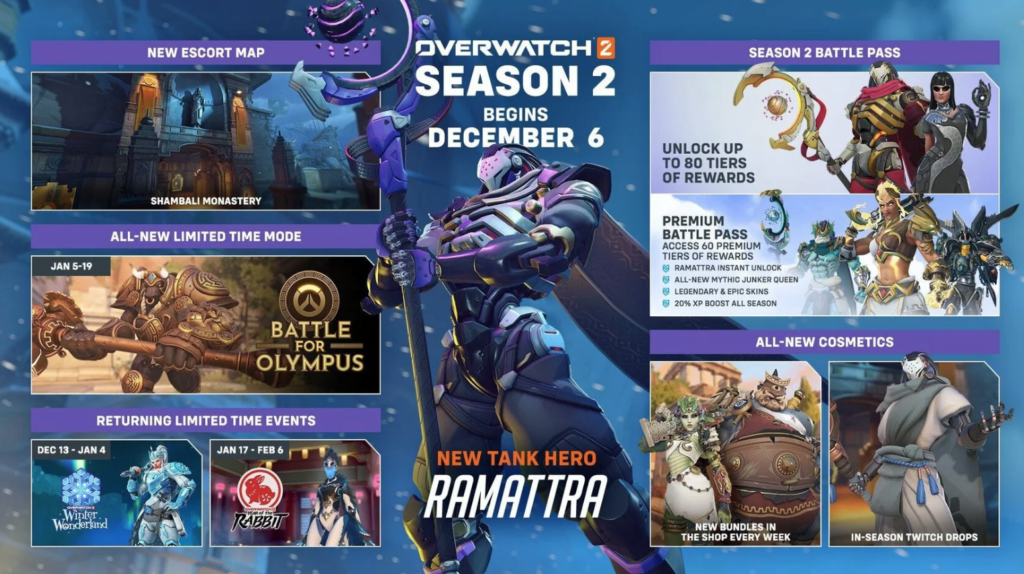
CONCLUSION
Throughout this analysis, it becomes evident that seasonal events play a pivotal role in bolstering player engagement. Their structured occurrence and introduction of exclusive content trigger psychological mechanisms such as the Fear of Missing Out, driving heightened player participation. Successful implementation of seasonal events results in increased player retention, contributing significantly to a game’s overall success.

Monetization strategies tied to seasonal events, including in-app purchases and exclusive items, form an integral part of developers’ revenue-generation efforts. The time-sensitive nature of these events amplifies player spending tendencies, establishing a symbiotic relationship between player engagement and monetization. Case studies of successful implementations further underscore the effectiveness of aligning these elements strategically.
Developers invest time and resources in crafting seasonal events to ensure sustained player interest, enhance a game’s lifecycle, and optimize revenue streams. Challenges in planning and execution, the delicate balancing act to avoid player burnout, and the potential for negative reactions necessitate a meticulous approach.
Looking forward, the future of seasonal events in gaming is poised for continued evolution. As player expectations adapt and the gaming landscape undergoes transformations, developers will need to remain agile in crafting events that resonate with their player base. The symbiotic relationship between seasonal events, player engagement, and monetization is expected to persist, with ongoing refinement driven by player feedback and data-driven insights.




